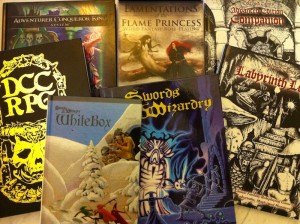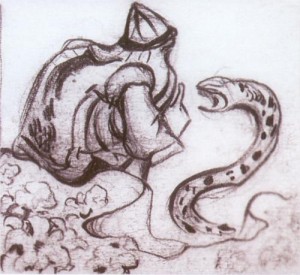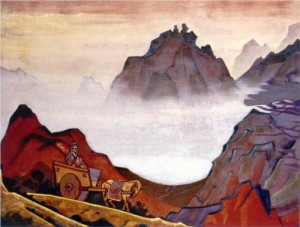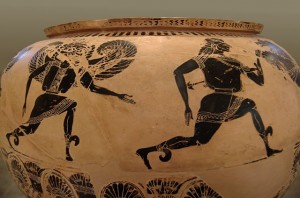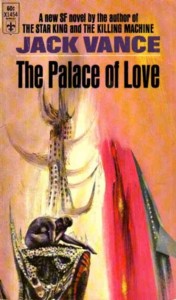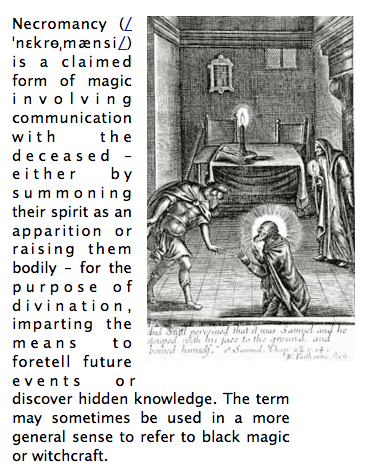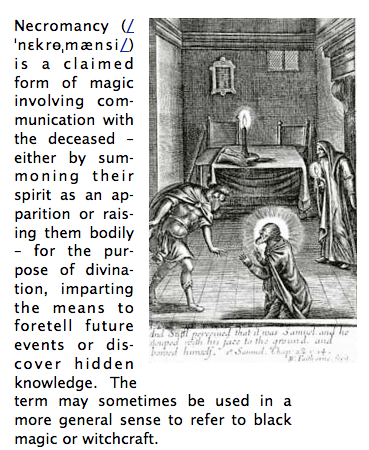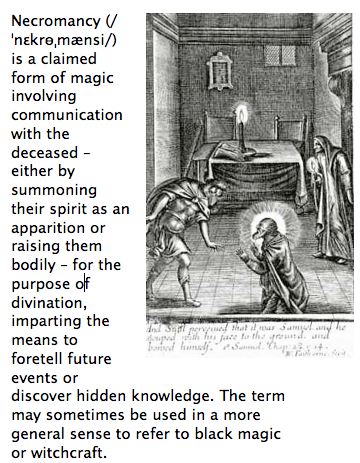On the OSR Google Plus community, Mike M. asked: what is your favorite OSR game?
Personally, I think a number of the simulacrum games have strengths, and while I don’t exactly have a favorite, all of those mentioned below have influenced and educated me. Here then, in alphabetical order, are what I consider the selling points of the various retro and neo clones. I think this is a good answer to those that see the clones as mere cut and paste jobs, adding nothing to the games that inspired them.
ACKS (neo-clone, B/X with a focus on domain play) has my favorite take on simple balanced old school classes, working within the B/X level range. Demi-humans have some choice as to class, but still feel distinct. There are good rules for ritual magic, constructs, armies, and other high level exploits. There is also a proficiency system (encompasses skills and feats) which I find unnecessary. There is no free version.
Crypts & Things (neo-clone, a Swords & Wizardry variant for swords & sorcery) has a “colors of magic” system which combines all of the cleric and magic-user spells into one class, the magician. Using black magic can cause loss of sanity (based on wisdom) or corruption. Many nice flavor touches (casting invisibility involves temporarily existing on a dimension called “the shroud” and can potentially summon otherworldly horrors, for example). Most (but not all) of the good parts can also be found in Akrasia’s free house rules document, if you don’t care about professional layout or having an all-in-one game.
DCC (neo-clone, B/X crossed with 3E and a heavy dose of Appendix N) probably has my favorite magic system (unpredictable, lots of weird effects, still recognizable compared to other classic and simulacrum games). Illustrated by the likes of Russ Nicholson, Peter Mullen, and Erol Otus (though I love much of the art, I could do without the 70s fashion). The beta version is available for free.
Labyrinth Lord (retro-clone, B/X with a hint of AD&D via the AEC) is the lingua Franca of FLAILSNAILS, but it incorporates many third edition SRD-isms which I find distracting (too many armor types, 20 levels, first level clerics get spells, etc). The Advanced Edition Companion is an excellent halfway point between B/X and AD&D. It is illustrated by Steve Zieser and has the most consistent style throughout (both positives, to me). Free unillustrated versions of the core book and the AEC are available, but then you don’t get to see the Zieser art.
Lamentations of the Flame Princess (neo-clone, B/X through a “weird” lens) has excellent referee advice, a decent encumbrance system, and weird-themed spells (including the first level summon spell). A free unillustrated version of the Rules & Magic book is available, though that doesn’t contain the referee advice, which is the best part. LotFP also makes the nicest physical books, if you care about that.
Swords & Wizardry (retro-clone, OD&D) has numerous very useful meta-discussions about the rules, how they work, and how you might want to change them. Very much in the spirit of the original “do your own imagining.” Free, illustrated versions of WhiteBox and Core are available. If I was going to start another game right now, there would be a very good chance that I would base it on the S&W WhiteBox chassis. WhiteBox approximates the 3 LBBs, Core approximates the 3 LBBs + Supplement I: Greyhawk, and Complete approximates the 3 LBBs + all the supplements.
Definitions:
- B/X: the Basic and Expert Dungeons & Dragons rules, by Moldvay and Cook/Marsh. Characterized by the 4 classic human classes (cleric, fighter, magic-user, thief) and 3 demi-human classes (dwarf, elf, halfling). Covers levels 1-14 (though demi-humans have level limits). If you were to only acquire one D&D or simulacrum game, this is it.
- OD&D: original D&D from 1974, 3 little brown books with some supplements. The orignal boxed set (the 3 LBBs) only supported 3 classes: cleric, fighting man, and magic-user. Noted for opaque, ambiguous, and suggestive language. If you use all the supplements, the complexity approaches AD&D levels (so don’t do that).
- Retro-clone: game designed primarily to mimic the play experience of an earlier game.
- Neo-clone: game that uses an older game as a stepping off point for to express a (generally) more focused vision.
Note, this list is intentionally meant to not be comprehensive. It is an editorial selection of available games based on my taste and what I am familiar with. All of these games are available in hard copy and/or full digital versions, but for the sake of parsimony I only linked to the free PDFs.
Honorable mention goes to Delving Deeper and Astonishing Swordsmen & Sorcerers of Hyperboria. Delving Deeper (retro-clone of OD&D; free version) for being, in some ways, an even closer clone of the original game than Swords & Wizardry (though without as much useful explanatory text). AS&SH (neo-clone; AD&D influenced swords & sorcery) for having art like this by Ian Baggley (though I haven’t had a chance to look closely at the rules). I don’t have much experience with OSR sci-fi games, but I’ve heard good things about Stars Without Number and Other Dust.

